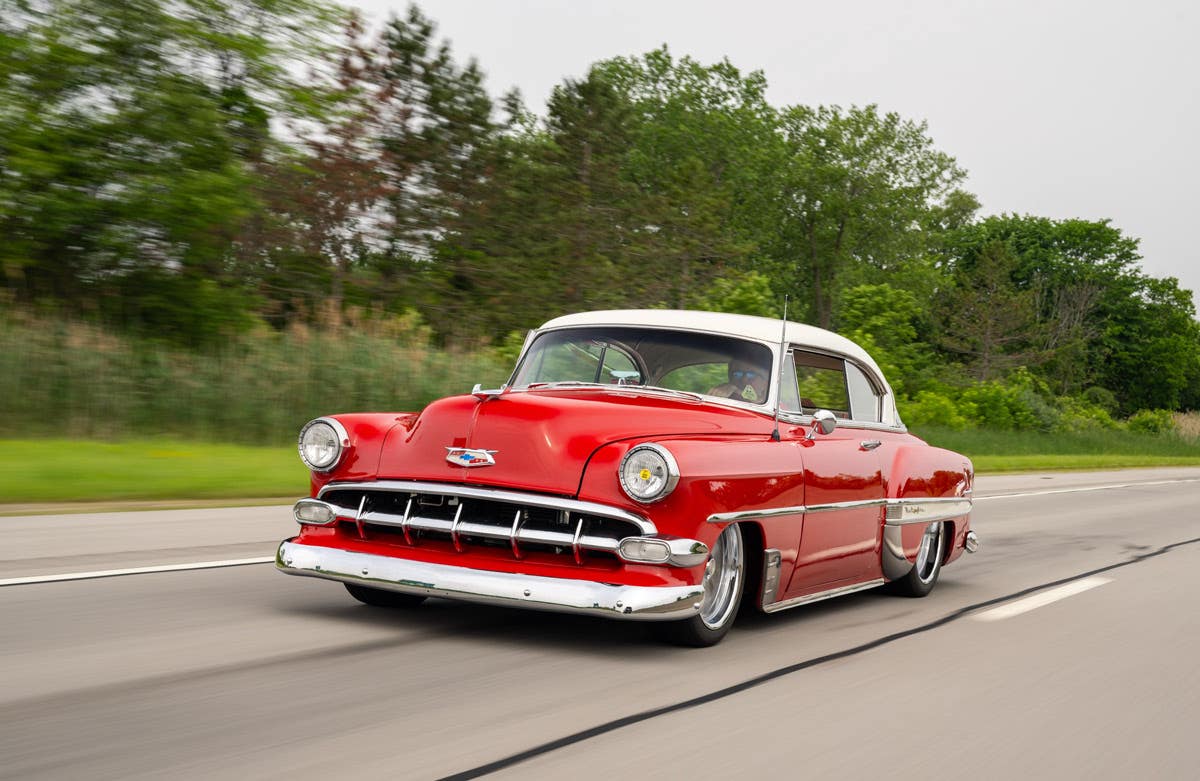Putting Your Classic Away for the Winter Months
Winter is coming on and for most people that means sending the collectible car into moth balls until the spring thaw. In order to make sure your car comes out of winter storage in the same condition in which it went in, there are some major items to take care of before closing the garage door.
Winter is coming on and for most people that means sending the collectible car into moth balls until the spring thaw. In order to make sure your car comes out of winter storage in the same condition in which it went in, there are some major items to take care of before closing the garage door.
• Fuel: Top off the tank and include fuel stabilizer, circulating it throughout the system by taking a short drive before putting the car in the garage for the winter.
• Cooling: Drain the entire system and the radiator and refill with rust-deterrent antifreeze.
• Oil: Change both the oil and the filter and choose a winter oil with corrosion protection.
• Battery: Hook it up to a charger or similiar charge-maintaining device for the duration.
• Tires: Deflate slightly to take stress off the suspension or, better still, elevate the vehicle on jack stands.
• Paint: There's no substitute for that pre-winter bath complete with a thorough drying and a nice coat of wax. Choose a car cover made of breathable cloth and stay away from plastic that traps moisture and encourages rust. (On any unpainted metal surface, a layer of rust inhibitor is a good idea.)
• Vinyl, leather, rubber: In dry climates apply a preservative to the seats, dash, and other interior components to moisturize the material and ward off cracking.
• Convertibles: Put the top up for the winter or you run the risk of shrinkage during extended periods of storage.
Finally, you're not setting up a winter hostel for varmints and insects. Your best defense is mothballs and plenty of them inside the car and under the dash. (Don't forget to cover the tailpipe or you're just leaving the back door open.)
Business-wise, go over your insurance policy. When you explore tips for buying insurance, remember that a car older than fifteen years with fewer than 2,500 miles a year of travel on it, might qualify for a collector's policy and save yourself some money. While the rates are lower, all the major insurance points (liability, physical damage, provisions for motorists who are underinsured or uninsured, and personal injury) are included, but the perceived risk on a gently treated collectible car is less.
As for the winter-bound car owner, wiling away the cold months and dreaming of road trips to come, consider the following to keep yourself occupied:
• Plan any modifications or upgrades you have in mind and shop for the parts. You'll have time to find bargains and locate exactly what you're looking for before warmer weather.
• Take on a restoration project, large or small. You could work on your vehicle's interior, get serious about the engine, or even start a whole new restoration project from scratch.
• Tackle the state of your garage. Clean things up, get organized, put your tools in shape, or figure out what's missing from your toolbox and fill in the gaps.
• Shop for your next vintage love by attending auctions, trolling the Internet, or corresponding with other enthusiasts.
• Break out the maps and plan your next road trip. (Don't forget to search the car show schedules as well.)
The winter months may be hard on your classic car, but they don't have to be hard on the classic car enthusiast. During inclement weather, you may find that car leases can be a cheap alternative to owning another car. Plan ahead, protect your vehicle from the elements, and use the time to pursue those parts of your hobby that you're too busy to follow when you're where you really want to be -- behind the wheel and on the road.








